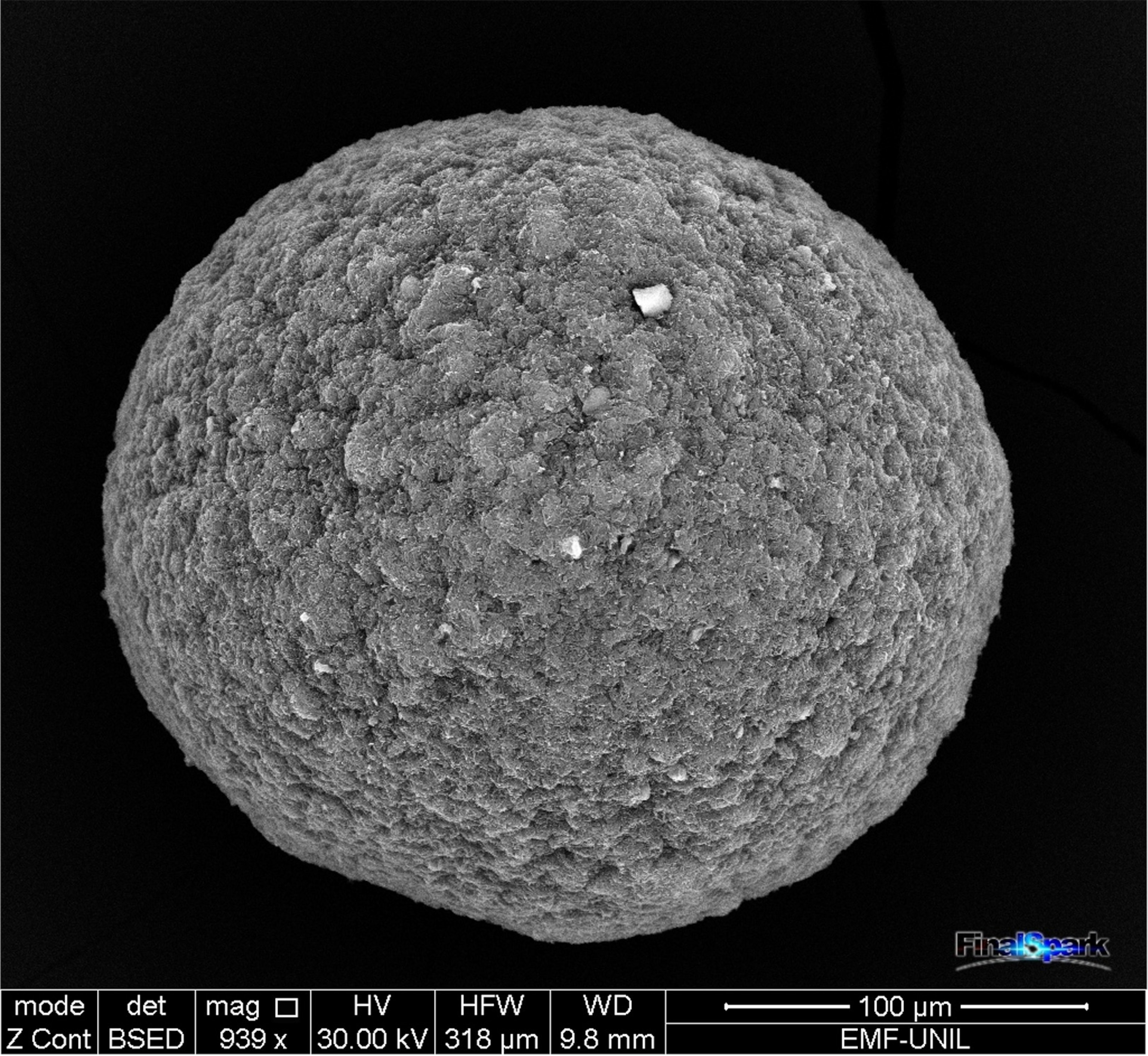In 2022, a group of Australian researchers ran a rudimentary simulation of the arcade game, Pong. None of them were controlling the virtual paddle, and yet, after a few misses, the paddle moved up and down the screen on its own to meet the returning ball and hit it back.
The 2D game was wired to a cluster of lab-grown human and mouse brain cells growing on a petri dish. Through a multi-electrode array, the researchers taught the “mini-brain” where the ball was and rewarded it with electrical stimulation when there was a hit. In about five minutes, the cells learned the drill and played short rallies without human intervention.
“The recent success of LLMs [Large Language Models] has risen from trying to model processes that happen in the brain,” says Brett Kagan, the chief scientific officer at Cortical Labs, a startup spun out of the Pong research. “I often like to say, 'any sufficiently advanced machine is indistinguishable from biology', so what if we used biology in our attempts to harness intelligence?”
The Pong experiment proved neurons can learn and respond to feedback in real time, even in a petri dish, says Lena Smirnova, assistant professor at the Johns Hopkins Bloomberg School of Public Health. A year later in 2023, Smirnova, alongside other researchers, laid out the vision for “organoid intelligence,” an emerging scientific field that leverages the strengths of living human and animal brain cell cultures — learning from fewer examples, adapting in real-time, and efficiently using energy—as a new type of biological computer.
Using brain cells as the processing hub of a computer has far-reaching implications. It could significantly reduce the amount of energy needed to power artificial intelligence and revolutionize medicine. The technology is already creating a lucrative new industry that scientists are leveraging for major breakthroughs. But with this booming sector come complicated questions about when consciousness begins and the ethical implications of using living tissue that can feel pain.

A forebrain organoid as seen under a scanning electron microscope. This clump of brain matter, developed from Human iPSC-derived Neural Stem Cells, is at the heart of new research on "living computers."
Micrograph Courtesy FinalSpark
How these living computers work
The devices we use today, from computers to phones, run on chips, where billions of little components called transistors are neatly etched in silicon and arranged into logic gates. Each chip can take up to a couple of bits as input and then shuttle forward a single-bit output. Combining numerous such gates makes it possible to execute complex operations, such as those used in modern AI chatbots.
However, units of brain organoids, known as bioprocessors, function in tandem with a traditional silicon chip. Inside each organoid, endless neurons grow in three dimensions, forming connections through synapses. Because there’s no fixed wiring to limit them, the network constantly self-organizes and evolves as it learns. Neurons can simultaneously transfer information by electrical pulses and chemical signals, as opposed to the rigid, step-by-step logic of a normal computer.
“It’s more like an ever-adapting web than a tidy circuit board,” adds Smirnova.
Not only is the human brain naturally adaptive, but it’s also incredibly energy efficient.
Training a Generative AI model like OpenAI’s GPT-3, for example, is estimated to consume just under 1,300 megawatt-hours (MWh) of electricity, as much power as used by 130 U.S. homes. The brain needs a fraction of that and requires no more energy than a common lightbulb to perform a comparable task. Data from the Johns Hopkins research suggests biocomputing could cut down AI energy consumption by "1 million to 10 billion times.”
“The development of large organoids for power-efficient neural networks could help with running complex deep learning models without significantly impacting climate change,” Ben Ward-Cherrier, a computational neuroscience researcher at the University of Bristol, told National Geographic.
How bioprocessers are already being used
It’s no longer an experimental pipedream either: a cottage industry of startups has raced to commercially build what some colloquially call a “living computer.”
Swiss-based FinalSpark’s Neuroplatform, for example, lets anyone remotely run experiments on a cluster of organoids for $1,000 per month. Its facility incubates thousands of processing units, where each organoid is connected to eight electrodes plugged into a conventional computer. Using FinalSpark’s software, researchers can code programs to electrically stimulate the neurons, monitor their response, and expose them to the feel-good neurotransmitters dopamine and serotonin to train them to perform computing tasks.
In addition to renting out its biological computers over the cloud, Cortical Labs also began selling its bioprocessing units earlier this year for $35,000 each. The units look like devices out of a sci-fi movie: a large glass and metal container houses all the support systems—from waste filtration to temperature control—needed to keep human brain cells alive for up to six months.
Over the last couple of years, researchers have taken advantage of these privately-run biological computers to test breakthroughs.
The University of Bristol’s Ward-Cherrier, for instance, integrates organoids into robots as their “brain,” so they can learn on the go. His team used Neuroplatform’s organoids to develop a system that reads Braille characters at 83 percent accuracy.
Each letter’s spatial information is encoded into specific electrical pulses, which the neurons can identify. Soon, Ward-Cherrier’s team plans to use organoids to teach robots to execute motor commands based on specific events and situations, such as feeling an object and following its contour with a robotic arm. The skill could one day help a robot understand what it’s interacting with.
For now, living brain-cell computers are far from replacing your laptop’s processor.
For one, the brain cells deployed in computer circuits are in their infancy and remain immature—fetal-like in both biological structure and behavior. They lack the structured architecture of a mature human brain, which prevents them from performing advanced cognitive feats. In their current state, organoids can be taught in simpler ways, such as learning rudimentary tasks when stimulated and exhibiting rudimentary memory functions.
Plus, no two organoids behave the same way, and keeping them alive for extended periods remains a challenge.
Smirnova agrees that cellular computers aren’t close to the level of reliability or scale needed for mainstream computing tasks. Yet being immature allows these networks to be flexible, which is ideal for research.
A safer and more humane way to test drugs
For the foreseeable future, Smirnova says, she and her research team will continue using organoids to better understand and treat neurological conditions. While organoids may not be advanced enough to compute complex information, they’re becoming a more feasible and humane way to test drugs.
Researchers may soon be able to grow an organoid from a patient’s stem cells and test how a particular drug affects their specific neurons or screen a library of chemicals to check for neurotoxic effects—all without involving animals.
Kyle Wedgwood, a professor at the University of Exeter’s Living Systems Institute is doing just that. He’s leveraging FinalSpark’s Neuroplatform to figure out ways to restore the brain’s memory after it’s disrupted by diseases such as Alzheimer’s.
“This work will lay down foundations for smart, implantable biotechnology to help mitigate neurodegenerative conditions,” adds Wedgwood.
When do organoids become organs?
As these lab-grown “mini-brains” become more complex, scientists are also probing questions about when they enter the realm of consciousness and the ethics of activating their pain receptors.
Smirnova isn’t waiting for an organoid to show even a hint of consciousness and has begun work to place frameworks—similar to those enforced in animal research—in place, with review boards and protocols to prevent suffering. In practice, this could mean setting limits on an organoid’s age, what kind of experiments can be conducted on them, how cells are sourced and produced, and in case they come from a human, using them more responsibly and with donor consent.
“The bottom line is that we’re proceeding with a lot of care and thoughtfulness, well before anything like a ‘sentient’ brain tissue could ever become a reality,” adds Smirnova.
.png)



